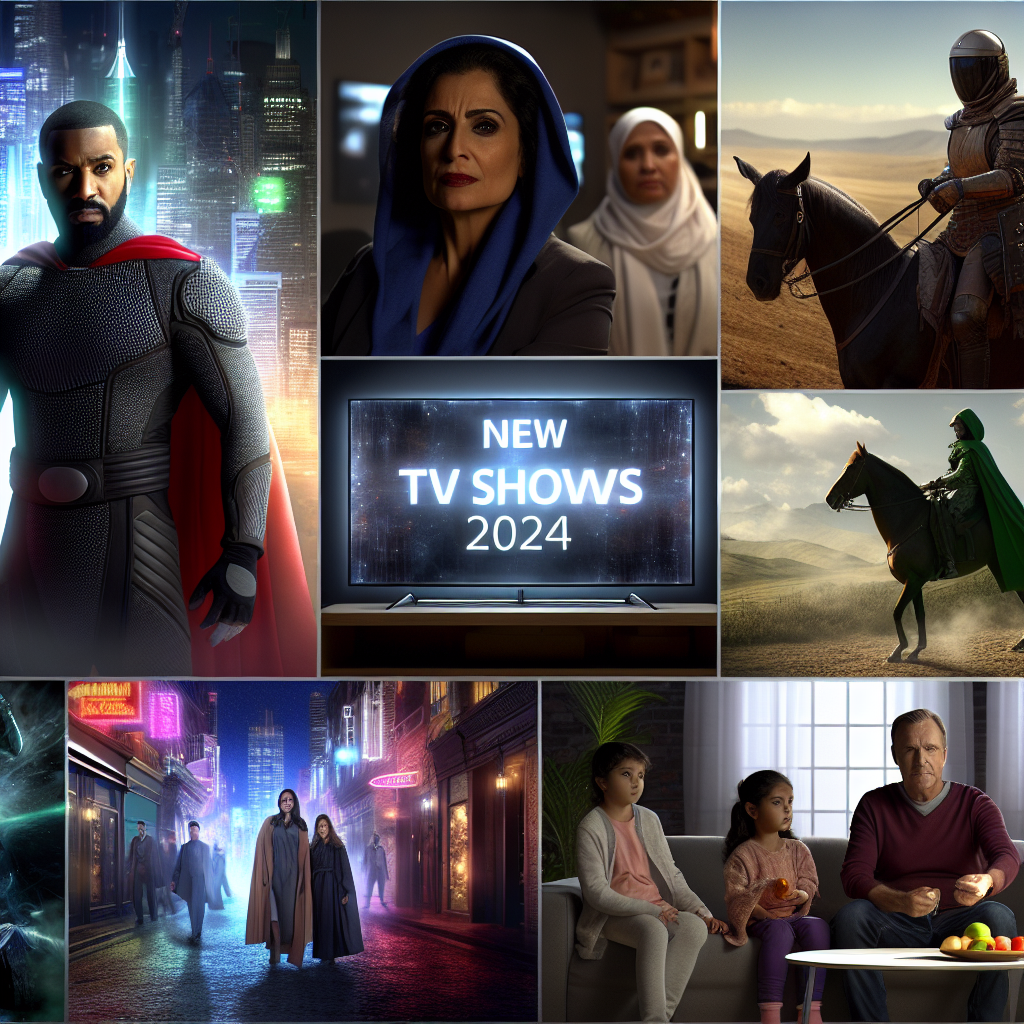How the New Medical TV Shows Differ: “Doctor Odyssey,” “The Pitt” and More
The Modern Prescription for Medical Dramas Is Changing
The landscape of television has undergone a profound metamorphosis over the last decade, and medical dramas are no exception. From the gritty realism that characterized early 2000s shows like “ER” and “House” to the more fantastical, emotionally driven narratives in “Grey’s Anatomy,” viewers have developed diverse appetites for medical programming. In 2024, a new class of medical dramas—such as NBC’s “Doctor Odyssey” and CBS’s “The Pitt”—are disrupting conventions and injecting fresh lifeblood into the genre. What sets these series apart isn’t just the high-stakes operating room drama or tear-jerking patient stories, but their willingness to explore unique settings, character arcs, and societal issues through a medical lens.
Introducing the Next-Gen Medical Dramas
“Doctor Odyssey”: A Floating Hospital with a Mission
“Doctor Odyssey” sets itself apart by stepping outside the traditional hospital setting. Created by industry veterans David Schulner and Shaun Cassidy, the show follows Dr. Anna Rivera, played by Jesse Schram, aboard a state-of-the-art floating hospital ship. What’s intriguing is the ship’s mission: to deliver critical healthcare to underserved communities around the globe. This setup allows the show to blend narrative medicine with culture-driven storylines.
Instead of being confined to bustling city hospitals, “Doctor Odyssey” embraces a global scope. Each episode introduces new challenges, from treating rare tropical diseases to navigating geopolitical tensions. This floating hospital not only saves lives but also sails directly into issues like healthcare inequality, international diplomacy, and climate change’s impact on public health.
The show also delves into character development in a fresh way. Dr. Rivera, the lead, grapples with balancing compassion with bureaucracy, all while battling personal insecurities and complex crew dynamics. The setting—a ship bound by oceanic isolation—amplifies emotional tensions and interpersonal drama, offering a brand-new take on life-and-death storytelling.
“The Pitt”: Urban Medicine Gets a Raw New Look
CBS’s “The Pitt,” created by “Good Doctor” producer David Shore along with Lennart Ruff and Aaron Kaplan, takes viewers beneath the slick veneer of organized hospital systems and throws them into the raw, real world of emergency medicine deep in Pittsburgh. The fictional Pitt Memorial Hospital is not your average medical institution—it’s a safety-net hospital managing some of the city’s toughest cases.
What makes “The Pitt” a standout in 2024 is its unapologetic embrace of daily urban realism. Think overcrowded ERs, underfunded departments, and emotionally burnt-out staff—paired with a no-holds-barred filming style that mirrors docuseries aesthetics. The characters reflect the varied social, ethnic, and economic makeup of the city, grounding the medical drama in diversity and inclusion.
Viewers are introduced to Dr. Alec Nash—played by Noah Wyle in a magnetic return to the medical genre—who coaches a new class of residents as they develop not only medical expertise but survival instincts in a high-stress, resource-scarce environment. This gritty, street-level portrayal of emergency medicine is a sobering reminder that even in the nation’s wealthiest cities, healthcare remains unequal—and heroic.
Comparative Storytelling: Diversity Drives Innovation
Real-World Challenges as Narrative Fuel
What both shows have in common is their readiness to escape the sanitized traditional frameworks of hospital dramas. Instead of relying solely on overused medical tropes like love triangles or rare disease diagnoses, “Doctor Odyssey” and “The Pitt” place real-world issues at the heart of their narratives.
In “Doctor Odyssey,” storylines range from medical anthropology to the impact of political unrest on global health. Meanwhile, “The Pitt” stays grounded by tackling addiction epidemics, mental health crises, and the grinding bureaucracy of urban healthcare systems. These themes not only captivate modern viewers but also invite public conversation about medical ethics, staffing shortages, and systemic inequities.
A Cast as Diverse as Its Cases
Another major differentiator is the focus on authentic, diverse representation. Modern viewers demand realism and inclusivity, and both “Doctor Odyssey” and “The Pitt” deliver. From international characters in “Doctor Odyssey” to the strong presence of socioeconomically diverse backgrounds in “The Pitt,” these series reflect the true face of medicine today.
This shift from a largely white, male-dominated cast to multicultural teams highlights more than just demographics—it shifts perspectives. Viewers see healthcare through the eyes of professionals with unique cultural sensitivities, life experiences, and ethical standpoints, which enrich the storytelling tenfold.
Innovative Production Values for a Streaming-First World
Television today no longer competes for eyeballs for a single night; it vies for binge-watchers and click-driven viewers on streaming platforms. Both “Doctor Odyssey” and “The Pitt” leverage this by employing cutting-edge production choices—from drone cinematography and immersive diagetic soundscapes to real-time pacing and flashback-heavy storytelling.
“Doctor Odyssey” uses sweeping visuals of global locales to create a visually aspirational feel, almost like a travel drama meets high-concept medicine. In contrast, “The Pitt” relies on handheld camerawork and tight, intimate framing to pull viewers inside the chaos of emergency care. These high-concept technical flourishes add gravitas and emotional depth, making each series binge-worthy and socially relevant.
What This Means for the Future of Medical TV
As viewer preferences evolve and social awareness increases, traditional hospital dramas face mounting pressure to remain relevant. With “Doctor Odyssey” and “The Pitt,” networks are finally responding with creativity and bold storytelling. These shows are not just surviving the genre’s saturation—they are revitalizing it.
Medical dramas have always served as a mirror to society’s fears, hopes, and scientific advances. Today, as the world navigates the aftermath of a global pandemic, aging populations, and increasing healthcare disparities, these narratives resonate more than ever. Successful medical dramas in 2024 form an intersection between entertainment and advocacy—intensely layered stories with protagonists we can believe in and crises rooted in truth.
Conclusion: A New Era of Healing and Storytelling
“Doctor Odyssey” and “The Pitt” exemplify a shift toward progressive, globally conscious, and socially impactful storytelling in the medical drama genre. By shedding the confines of the traditional hospital and exploring broader health and human themes, these shows have carved out a new narrative path for future series to follow.
As audiences crave authenticity and diversity, these new programs deliver not only gripping entertainment but also contribute to the broader discourse about health, equity, and human resilience. The scalpel might be the same, but the hand that holds it—and the story it tells—is more complex, nuanced, and necessary than ever.
Whether you’re drawn to global adventures on the high seas or the gritty reality of inner-city ERs, one thing is clear: the evolution of medical dramas is here, and it’s pulse-quickening.











